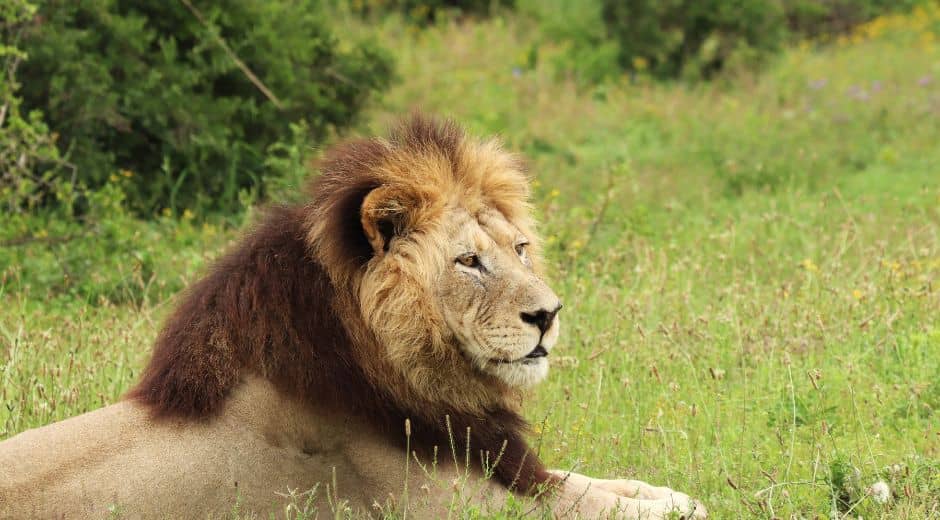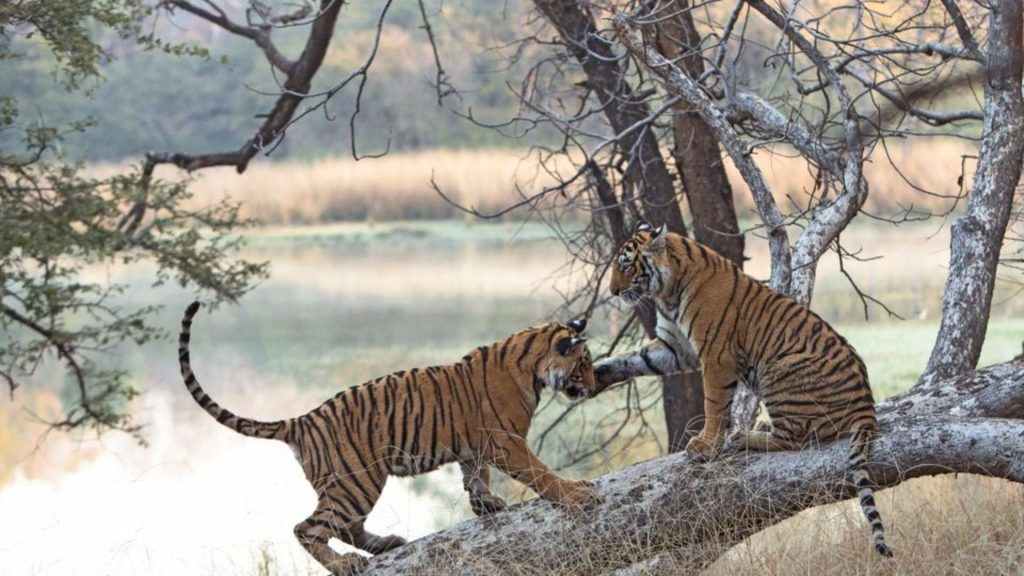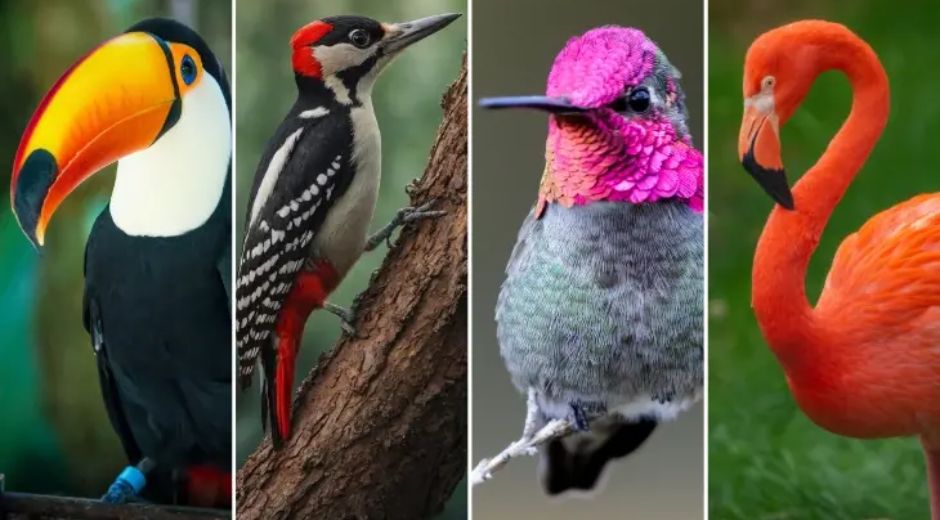Forest Architects: How Beavers Shape Ecosystems Today
Forest Architects: How Beavers Shape Ecosystems Today
In the vast symphony of the natural world, few animals have a more profound impact on their surroundings than the beaver. Often called “nature’s engineers,” beavers are more than just industrious builders — they are ecological architects that transform landscapes and nurture biodiversity. Across continents, their tireless work creates wetlands, reshapes waterways, and revives entire forest ecosystems that would otherwise fade into silence.
The Ingenious Design of a Natural Builder
A beaver’s dam is more than a simple structure; it’s a masterpiece of instinct and adaptation. Using branches, mud, stones, and vegetation, these creatures craft dams that slow down water flow, forming ponds and wetlands. This behavior isn’t only a means of protection or shelter — it’s a deliberate act that alters hydrology and supports countless other species within the forest.
What’s remarkable is the precision of their work. Studies highlighted by Animal Planet reveal that beavers can sense water flow and instinctively plug leaks to maintain a perfect balance. This level of environmental engineering ensures that the water around their lodges remains deep enough to deter predators and provide year-round access to resources.
Creating Life Through Water
When a beaver dam transforms a stream into a pond, it does more than reshape a landscape — it brings life to it. The still waters create habitats for amphibians, insects, birds, and fish. These ponds act as breeding grounds and feeding areas, rejuvenating the surrounding forest with new energy.
Wherever beavers go, biodiversity follows. Ducks find nesting grounds among reeds, frogs sing from the pond’s edge, and deer come to drink from the newly formed wetlands. Even fallen trees, left behind by the beavers’ industrious teeth, provide shelter for small mammals and insects, weaving a dense web of interdependence.
Beavers and the Balance of Water
Beyond their immediate surroundings, beavers play a vital role in controlling water levels and preventing drought. Their dams act like natural sponges — storing water during wet seasons and releasing it gradually during dry spells. This ability makes them crucial allies in climate resilience, especially as global temperatures fluctuate and rainfall patterns become unpredictable.
Foresters and conservationists have begun to recognize that the return of beavers can help restore degraded forest lands. In regions once stripped of wetlands due to human activity, these animals bring back the water balance necessary for trees, plants, and animals to thrive once again.
Reforestation and Soil Restoration
Perhaps one of the most overlooked contributions of beavers is their indirect support of reforestation. When beavers flood an area, they create conditions for certain tree species to regenerate. While some trees perish due to standing water, others — like willows and aspens — thrive along the new edges of ponds and streams.
This process of natural succession fosters a mosaic of habitats, encouraging the return of both aquatic and terrestrial life. Over time, nutrient-rich sediment deposited by beaver dams enhances soil fertility, supporting new vegetation across the forest landscape. What was once a barren streambed can transform into a vibrant ecosystem teeming with life.
The Connection Between Beavers and Human Communities
The benefits of beaver activity extend far beyond wildlife. Communities have started to see them as partners in sustainable land management. For instance, environmental organizations have implemented beaver reintroduction programs to combat erosion and restore wetlands that serve as natural flood defenses.
In some parts of North America and Europe, farmers have noted how beaver ponds recharge groundwater, supporting agriculture during dry months. These examples show that coexistence with these natural engineers offers ecological and economic rewards. According to studies featured on Zoopora, such projects demonstrate that healthy forest systems depend not only on human conservation efforts but also on the collaboration of keystone species like beavers.
Challenges and Human Conflicts
Despite their benefits, beavers often face conflicts with human activities. Their dam-building instincts can sometimes flood agricultural lands, damage roads, or block irrigation systems. However, modern ecological management has evolved to seek harmony instead of elimination.
Techniques like “beaver deceivers” — water control devices that regulate pond levels — allow beavers to continue their natural behavior without harming human property. As more people understand their ecological role, attitudes toward these remarkable animals are shifting from nuisance to necessity.
The Return of the Beavers: A Conservation Success Story
In recent years, the resurgence of beaver populations in North America and parts of Europe has been celebrated as one of the most successful wildlife recovery efforts in modern history. Once nearly hunted to extinction for their fur, beavers are now reclaiming their place in nature’s balance. Their return is proof that given a chance, ecosystems can heal themselves with astonishing speed.
Conservation groups, alongside governments and organizations such as AutoShiftWise, have emphasized the importance of sustainable coexistence between people and wildlife. Through documentaries, educational campaigns, and rewilding initiatives, awareness about the beaver’s role as a forest architect continues to grow globally.
Lessons in Sustainability and Adaptation
Beavers remind us that true sustainability often comes from within nature itself. Their way of life demonstrates that adaptation doesn’t mean domination, but integration. As we face global environmental challenges — from deforestation to water scarcity — the beaver stands as a model of resilience, balance, and ingenuity.
By shaping their environment to suit their needs, they simultaneously enhance the lives of hundreds of other species. This symbiotic approach mirrors the very principles that modern sustainability advocates strive to achieve: living in harmony with the planet instead of against it.
A Future Built on Natural Wisdom
Looking forward, integrating beaver-inspired strategies into environmental planning could reshape how we approach conservation. The concept of “rewilding” — allowing nature to manage itself — draws heavily from observing creatures like beavers. Their instinctual architecture teaches us about patience, renewal, and the power of small, consistent efforts to create vast change.
Urban planners and ecologists have even started referring to beaver ponds as “climate allies,” highlighting their role in carbon sequestration and wetland preservation. As cities expand and green spaces shrink, learning from these forest engineers may hold the key to designing landscapes that balance human progress with ecological integrity.
Conclusion
The beaver, humble yet transformative, is a living symbol of nature’s capacity to build, heal, and sustain. Each dam, pond, and lodge tells a story of survival, cooperation, and regeneration. Their work reminds us that every forest — no matter how damaged — holds the potential for renewal when life is allowed to flow freely.
In celebrating the beaver’s craft, we acknowledge the delicate artistry of nature itself — a masterpiece that continues to evolve, adapt, and inspire. The lesson is simple but profound: when we give the wild space to thrive, it will, in turn, help us thrive with it.
Wildlife Behavior Curiosity

Training and Trust: Building a Stronger Bond with Your Pet
Discover why biodiversity is vital for ecosystems, climate balance, and human survival, and how conservation protects life’s intricate web.

Biodiversity: The Foundation of Earth’s Living Systems
Discover why biodiversity is vital for ecosystems, climate balance, and human survival, and how conservation protects life’s intricate web.

Adaptation: How Animals Evolve to Survive Changing Worlds
Explore how adaptation helps animals survive climate shifts, predators, and new environments, revealing nature’s incredible resilience.












